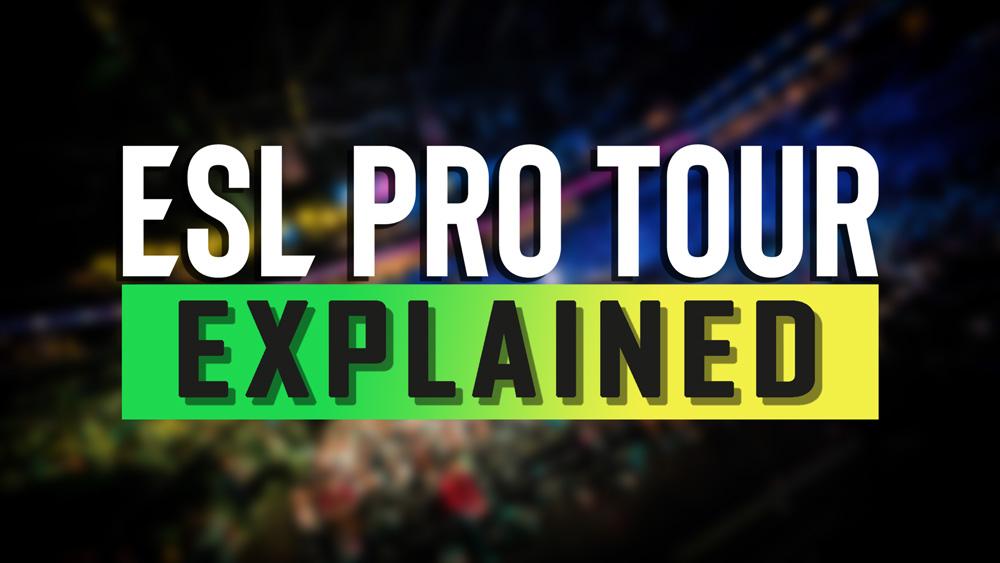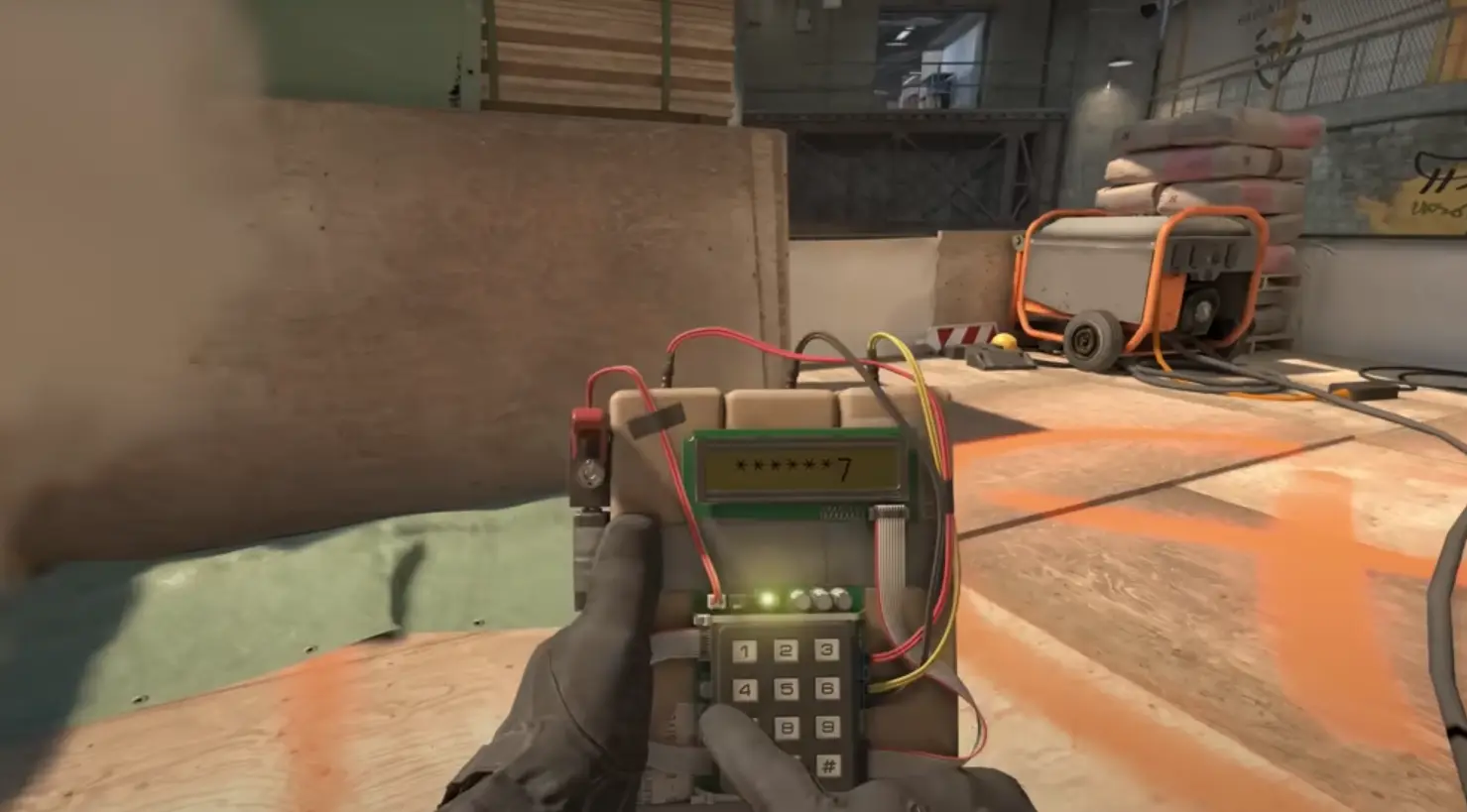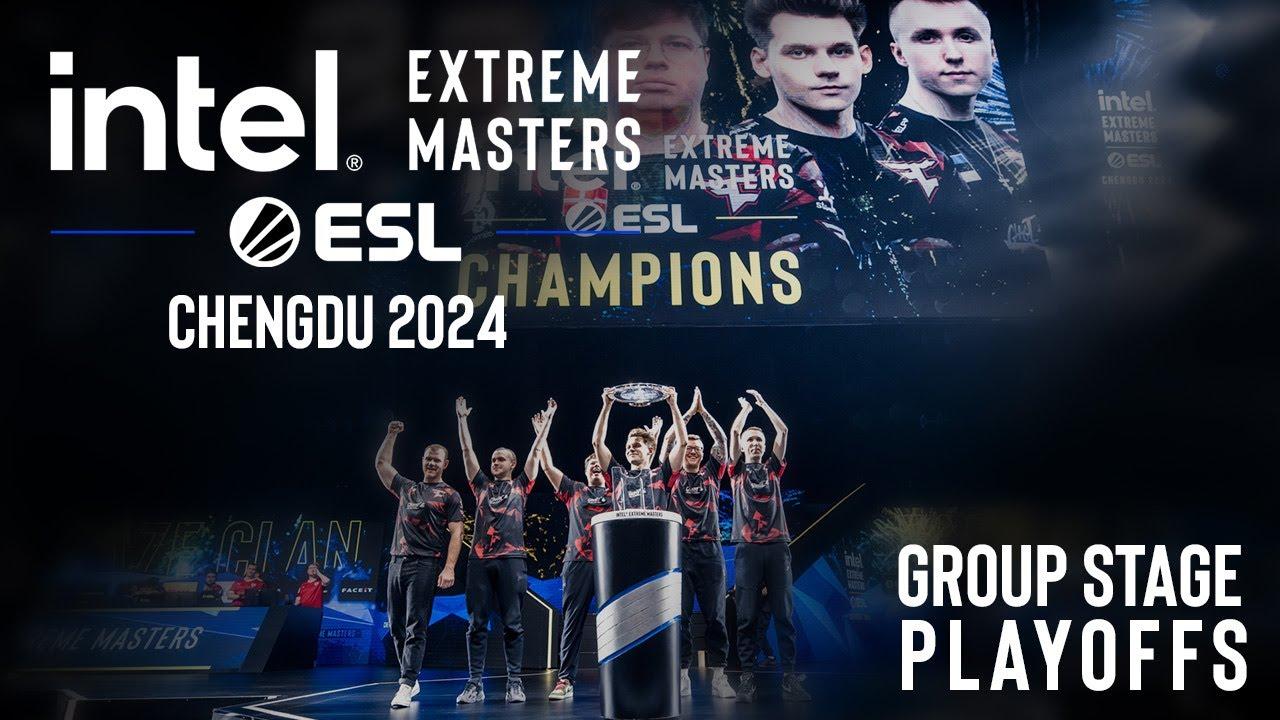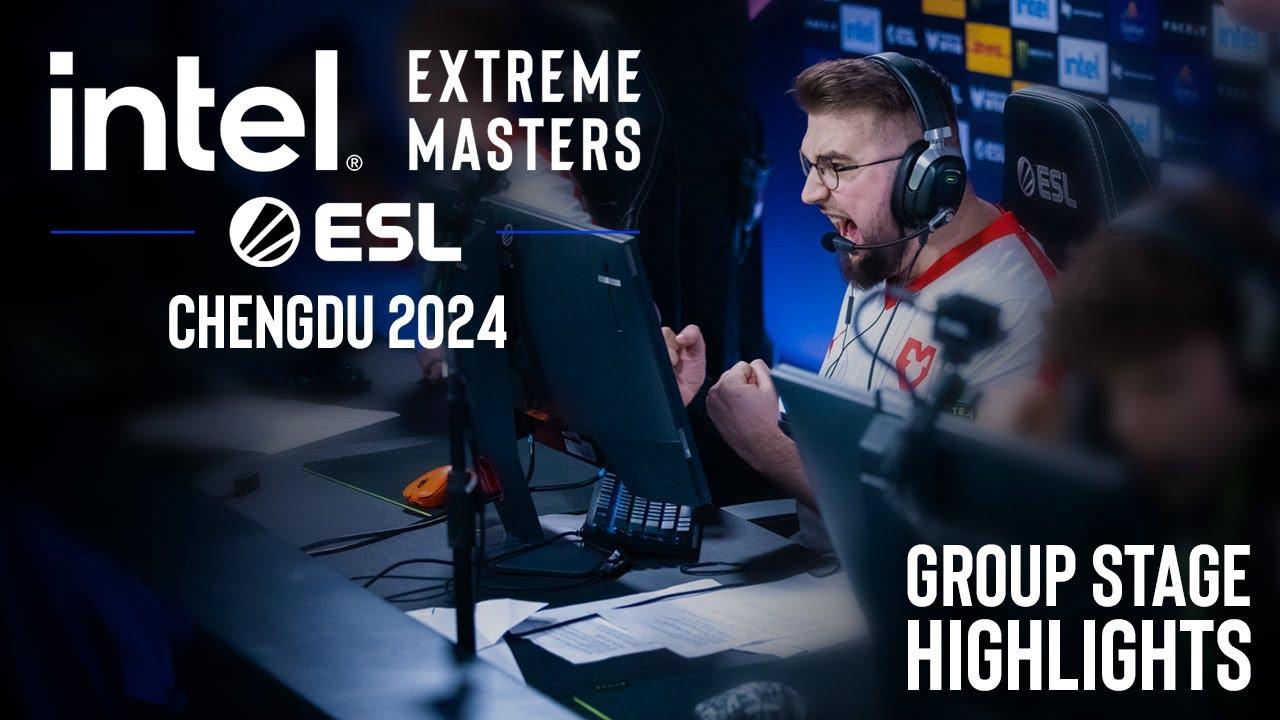
Explaining the complex system behind the ESL Pro Tour
2020 is set to see more leagues and tournaments in Counter-Strike: Global Offensive than ever before, and the ESL Pro Tour is just one pf tjpse that is trying to tie them all together.
The ESL Pro Tour is a tournament circuit partnership between ESL and Dreamhack that has tied the two tournament organizers events together. Announced in September 2019, the EPT is technically already underway. Here’s how the ESL Pro Tour works.
There are three levels of tournaments in the EPT:
- Challenger Tournaments
- Masters Tournaments
- Masters Championships, which will be referred to as Championships in this article for clarity
Challenger tournaments are smaller events designed to allow teams to compete against the top squads in CSGO. Officially, if the tournament offers less than a $250,000 prize pool, it is considered a Challenger tournament.
Masters tournaments are the big leagues. The top teams in Counter-Strike compete against one another in large venues for huge prize pools along alongside smaller teams that qualified through Challenger tournaments.
Championships are ESL’s versions of CSGO’s Majors and include IEM Katowice 2020 and ESL One Cologne 2020. They are held twice a year, once in the spring and once in the summer. These are ESL’s premiere events and commonly provide some of the best CS competition of the year.
It sounds simple, but it becomes much more complicated.
Challenger level events and the ESL National Championships
Starting at the bottom, there is one league and two series of tournaments that are considered Challenger level:
- ESL National Championships
- DreamHack Open Tournaments
- Mountain Dew League
ESL National Championships are at the bottom. Winning one of these events will qualify a team for the next link in the chain, either a DreamHack Open tournament or a slot in the Mountain Dew League. The winners of those challenger level tournaments move on to a Masters tournament.
For example, the winner of the ESL National Championship ESL Meisterschaft in Germany qualifies for Dreamhack Open Leipzig. From there, the winner of Leipzig automatically qualifies for the Masters level tournament Dreahack Masters Jönköping.
Each tournament corresponds directly to a specific one above it, just like links in a chain. For semi-pro teams, the ESL Pro Tour starts at the ESL National Championships.
To complicate things further, ESL National Tournament winners also qualify to a separate tournament called the ESL Pro European Championship. Winning the EPEC awards a slot at the LAN qualifiers for both Championships, so it’s a big deal for competing teams.
With an automatic qualifier spot, the EPEC winner won’t have to fight through several ESL National Championships, Dreamhack Opens, and Masters tournaments to get the chance to play at Katowice or Cologne.
DreamHack Open tournaments and the Mountain Dew League
Although technically still Challenger tournaments, the next link in the chain is comprised of the Mountain Dew League and DreamHack Open tournaments. Winning an ESL National Championship qualifies a team for either the Mountain Dew League or for a specific DreamHack Open Tournament.
In this link of the chain, winning a DreamHack Open qualifies a team for a Masters level tournament. Winning the Mountain Dew League gives winners a slot in the ESL Pro League, which is considered a Masters level tournament in the ESL Pro Tour.
Masters tournaments lead to ESL Championships
Masters level tournaments are any one of the following branded tournaments:
- ESL One
- DreamHack Masters
- Intel Extreme Masters
- ESL Pro League
Once a team has made it to a Masters level tournament, there are only two places they can go: ESL One Cologne or IEM Katowice, otherwise known the Championships. Teams earn direct invites to the next Championship by winning Masters events.
Just like how an ESL National Championship only awards a spot in a specific Masters tournament, each Masters tournament only awards a spot to a specific Championship.
As an example, when Fnatic won DreamHack Masters Malmo 2019, they earned a direct invite to the next Championship, IEM Katowice.
This means that semi-pro teams can compete in ESL National Championships to make it to Mountain Dew League and DreamHack Open tournaments. From there, these semi-pro teams will join professional teams at DreamHack Masters tournaments and in the ESL Pro League.
The winners of those tournaments and the winner of the ESL Pro League Finals get a direct invite to the next Championship. The rest of the Championship spots are determined by several factors, but the main one is how many ESL Pro Tour points a team has acquired.
ESL Pro Tour points and ranking system
Let’s start with how teams are ranked. Each team has an ESL Pro Tour Ranking determined by the number of points they accrue over a year. Each tournament awards points based on where a team places, but points are only won from tournaments within the Pro Tour and the two CSGO Majors each year.
Each tournament level and type has a different point value associated with it. Challenger tournament point totals depend on the type of tournament. A DH Open tournament is worth the most, whereas an ESL National Championship is worth the least.
Championships and Masters tournaments have set point values and are always worth the same amount, but Masters events are broken into two categories. In Masters tournaments, the total number of teams competing affects the number of points that the tournament is worth. A 16-team tournament is worth more than an eight-team tournament.
Heading into the Championship, teams ranked 1-8 based on their point totals move directly to the group stage. Teams ranked 9-16 move into a LAN qualifier.
Once that Championship is over, the process does not reset. Point totals are carried over, with one exception. Any points earned towards the first Championship are only worth 50% towards the next.
“Points from all Masters and Challenger tournaments will count towards both Masters Championships, Katowice and Cologne. Tournaments will provide 100% points value in the road to the nearest Masters Championship and 50% of their points value to the ranking towards the subsequent Masters Championship,” ESL said.
This is to prevent a team from having a fantastic six months and riding that wave to a second championship. Teams must remain consistent to make it to the next Championship event.
In terms of points, Valve Majors count as if they were Championships, regardless of which tournament organizer is running them. Majors are the only exception to that rule.
Intel Grand Slam rules explained
There’s one final part to the ESL Pro Tour. The Intel Grand Slam is a separate bracket that tracks how many ESL Pro Tour victories a team has. It awards a bonus of $1 million if a team wins a certain number of events in a particular period.
After Team Liquid won the second season of the Intel Grand Slam in just 63 days, the rules were adjusted to what they are today. To win an Intel Grand Slam, a team has to accomplish one of two things:
- Win any six ESL Pro Tour Masters tournaments in a span of ten events
- Win four ESL Pro Tour Masters tournaments within ten events AND
- Win IEM Katowice
- ESL One Cologne
- An ESL or DreamHack-hosted Major
There are other rules for roster swaps and previous seasons’ results, but the above qualification are the important ones.
The ESL Pro Tour is just one of several large scale tournaments that tournament organizers are putting on to try and corner the market on the Counter-Strike tournament scene. The Pro Tour has already had awarded direct invites to IEM Katowice to Fnatic, Astralis, and mousesports after three events in 2019.
Recommended

All maps are now available in CS2, what does it mean?
Poor Inferno players.

Redline creator reveals a sequel skin for CS2
Maybe call it the Orangeline?

CS2 release date: Everything we know so far
Is it CS2-morrow? No, it is not.





